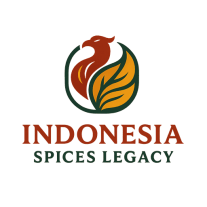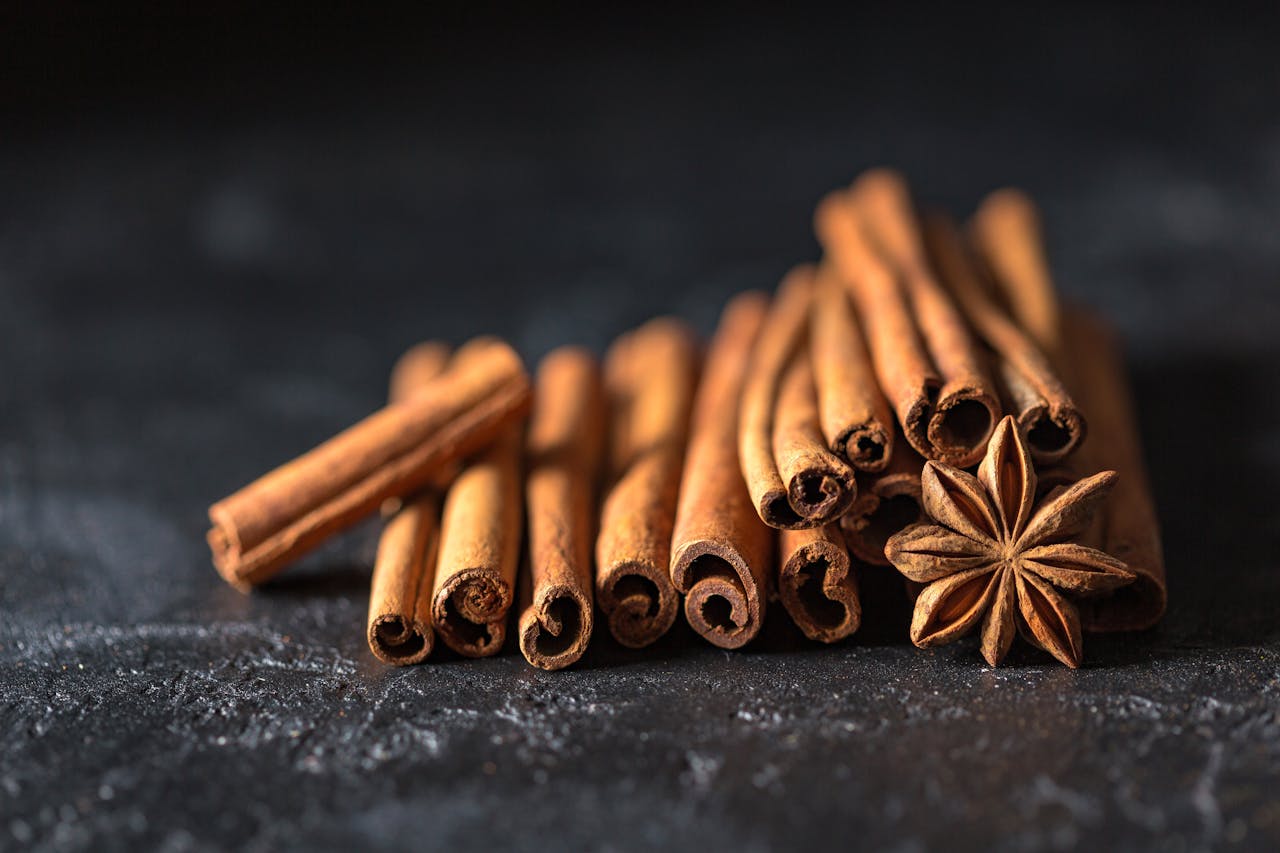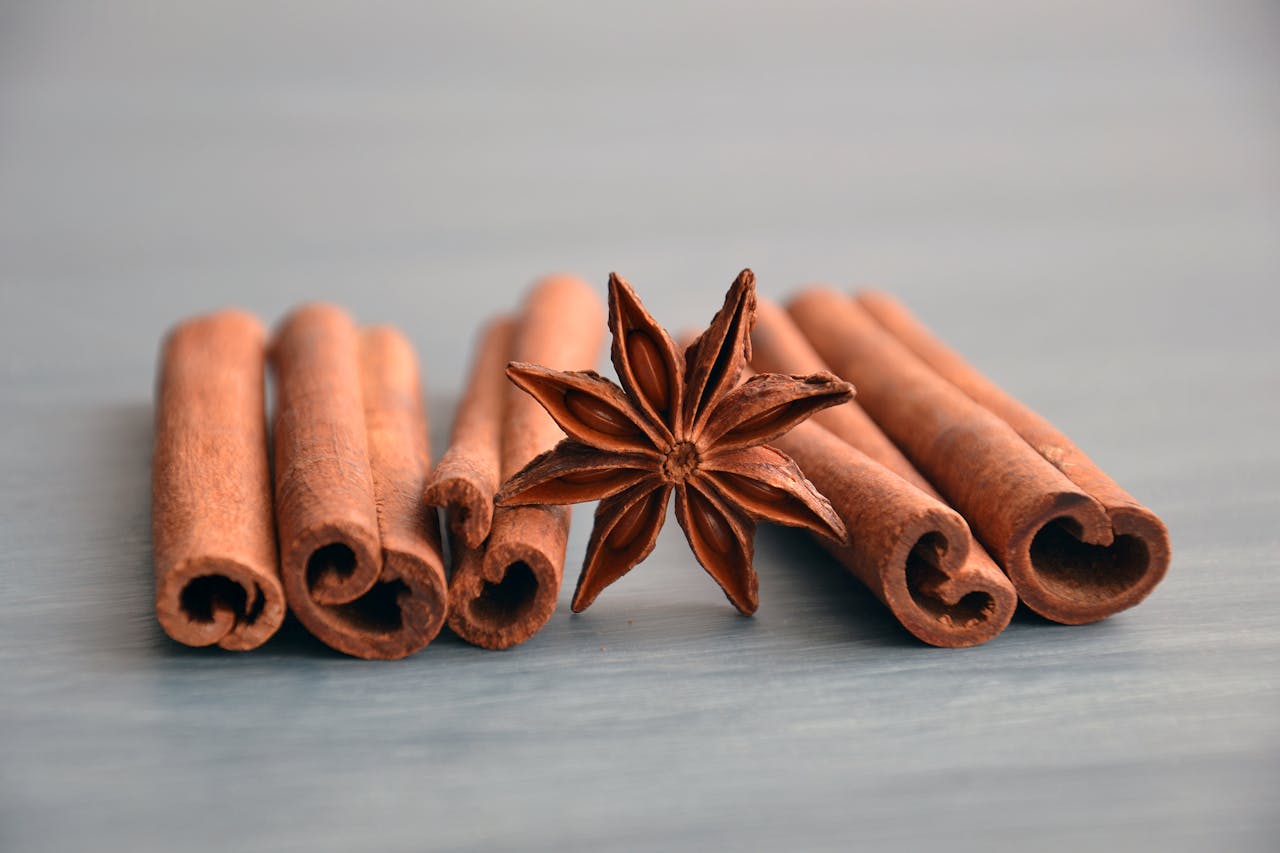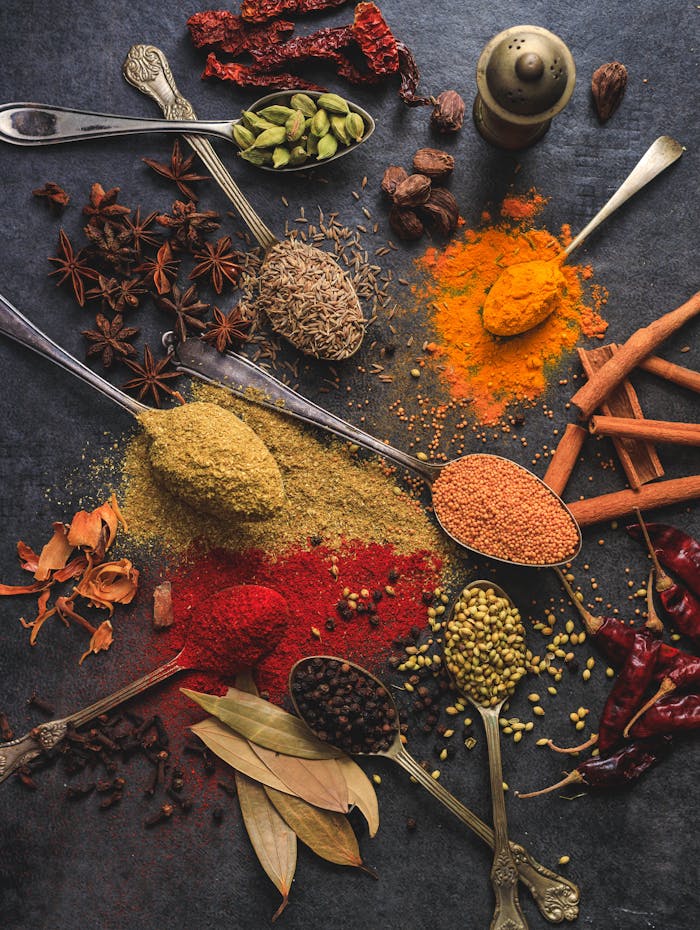Cassia vs Ceylon: Learn the 5 Key Differences Between Cinnamon
When you buy cinnamon at the market, you may not realize that there are two main types available worldwide: Cassia cinnamon and Ceylon cinnamon. They look similar, but they have fundamental differences in terms of taste, texture, and most importantly, coumarin content (a compound that can be harmful to the liver if consumed in excess). Indonesia, particularly from Kerinci, Sumatra, is known as the primary producer of the Cassia variety. So, which one should you choose for daily consumption? Read the complete guide to the 5 main differences between Cassia and Ceylon to help you choose the safest and healthiest cinnamon.
5 Key Differences Between Cassia and Ceylon
| Criteria | Cassia (Indonesian/Chinese Cinnamon) | Ceylon (True Cinnamon/Sri Lanka) |
| 1. Origin & Nickname | From Indonesia (Kerinci), China, Vietnam. Known as Common Cinnamon. | From Sri Lanka (Ceylon) and Madagascar. Known as True Cinnamon. |
| 2.Coumarin content | High (Can reach 1-5%). Risky for the liver/kidneys if consumed regularly in large doses. | Very low (almost undetectable: 0.004%). Safe for daily consumption. |
| 3.Physical Appearance | Thick, hard, and coarse. Generally rolled into a single thick layer. Dark reddish-brown in color. | Thin, brittle, and soft. Rolled in layers like a cigar. Light yellowish brown in color. |
| 4.Flavor & Aroma | Very strong, spicy, and intense. Suitable for dishes that require a dominant flavor. | Smooth, sweet, and with a hint of citrus. Lighter, perfect for desserts or everyday drinks. |
| 5.Price | More Affordable and Easier to Find. | Much more expensive due to the complicated harvesting and processing. |
Why is coumarin content a determining factor?
Coumarin is a natural compound that gives certain plants, including Cassia cinnamon, their distinctive aroma. Although safe in small amounts, studies show that regular consumption of high levels of coumarin can cause liver damage (liver toxicity) in sensitive individuals.
- Best Choice for Daily Use: If you regularly consume cinnamon tea, herbal medicine, or sprinkle it on your oatmeal every day, Ceylon Cinnamon is the safest choice because it has very low coumarin levels.
- Best Choice for Cooking: If you only use it occasionally as a cooking spice (such as in rendang or curry) or for baking, Cassia Cinnamon from Indonesia provides a stronger and more intense burst of flavor, and is more economical.
Practical Tips for Buying and Storing Whole Cinnamon Sticks
To avoid being deceived when buying, pay attention to the following:
- Observe the Roll: Hold the stick. If the roll is thick, hard, and single-layered, it is Cassia. If it is multi-layered, brittle, and paper-like, it is Ceylon.
- Smell the aroma: Cassia has a very sharp aroma, almost medicinal. Ceylon has a softer, more elegant aroma.
- Storage: Store whole cinnamon sticks or powder in an airtight container in a cool, dark place. Whole cinnamon sticks can last up to 4 years, while powder (because it easily loses its essential oils) only lasts 6 months to 1 year.
Both the strong Cassia from Sumatra and the mild Ceylon from Sri Lanka are extraordinary spices. Choosing the right type depends on your purpose: flavor or daily consumption safety. By understanding these differences, you can maximize the benefits of these spices without compromising your liver health.
Interested in other health benefits of this magical spice? Don’t miss our guide: 9 Benefits of Cinnamon for Diabetes and Weight Loss!



